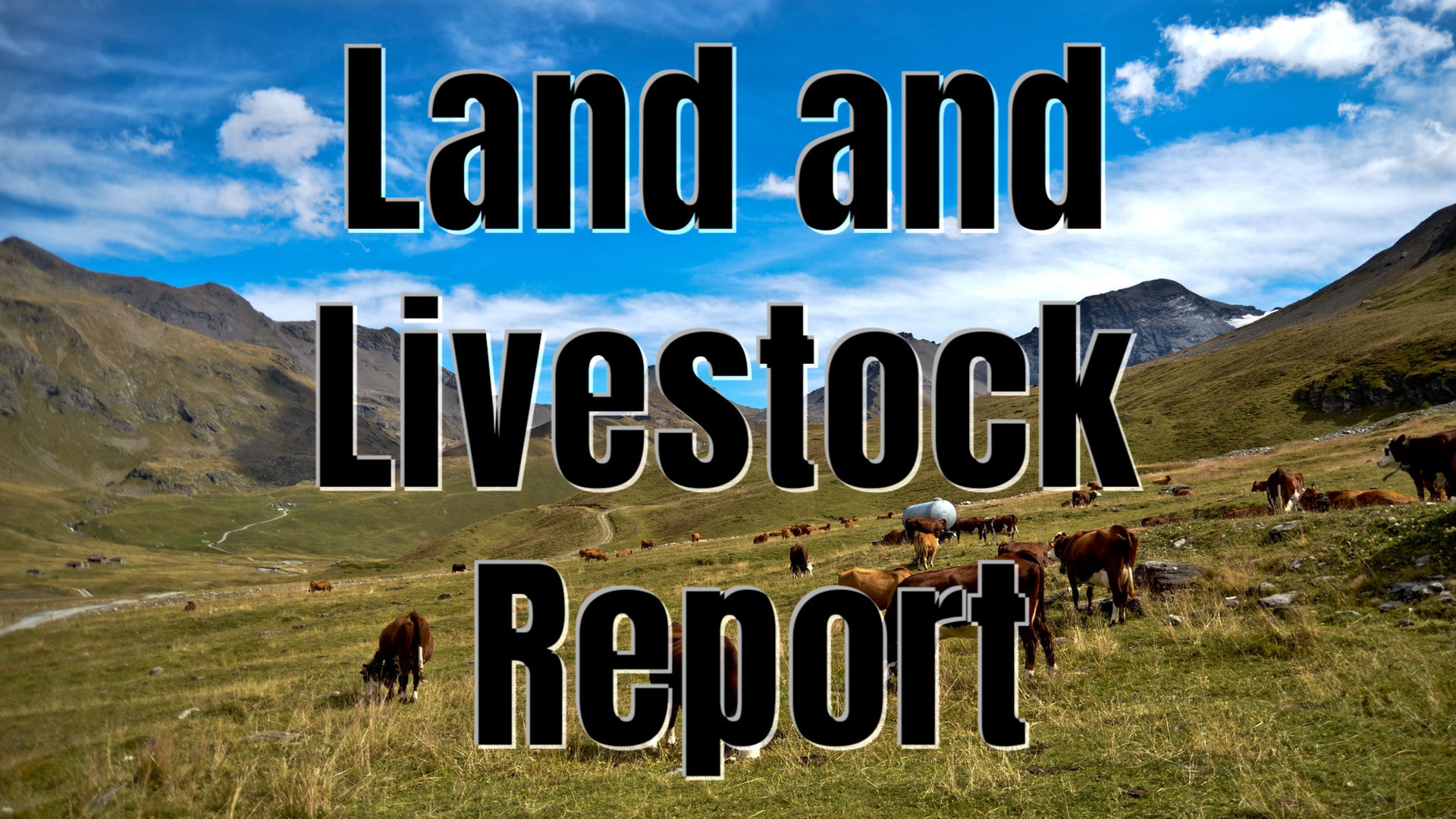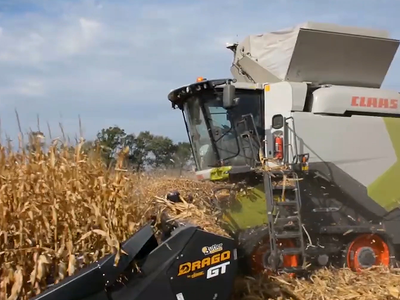Tenderness Critical to Positive Beef Eating Experience
We've all been there, cutting into a steak and having a less than positive beef eating experience — where the meat was tough and difficult to cut. Washington State University Extension professor and animal scientist Frank Hendrix has been working on a breeding project for the last decade improving tenderness in beef cattle.Tenderness has proven to be very heritable like 99 percent which is very positive news. One of the challenges was finding AI sires that were T10s which are not common. Most U.S. beef ranks about a T3 on the tenderness scale which is a bell shape curve. So a ten would be the best most tender steak you've ever had and a 1 should have been made hamburger rather than steak. Hendrix says that the discovery of the high heritability of tenderness may prove to be a game changer in beef breeding. Hendrix explains
Hendrix: "It means that if you have a T10 calf. The value of the calf is higher because no matter what you do you are going to have tender meat — whether it is select, choice or prime. There is probability that you won't have to feed them as long to get the high level of marbling."
He continues about how this research may benefit the grass fed beef producers.
Hendrix: "The grass fed industry though the research, has some significant tenderness problems about 66 percent of the time consumers don't like the toughness of the product. I felt it would be really significant for the grass fed industry but also in the commercial industry about 23 percent of the time — according to the same USDA study — consumers would like their steaks to be more tender too."

















